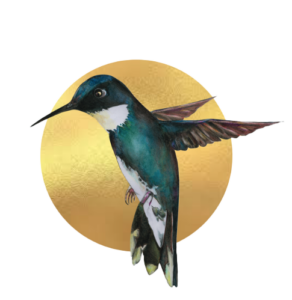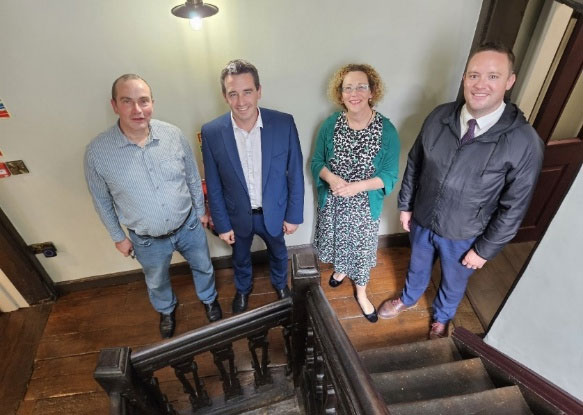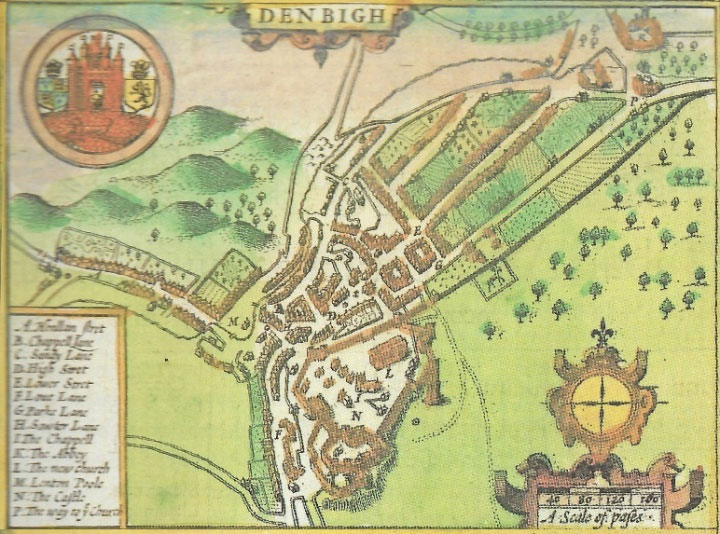
About the Hummingbird
The Hummingbird (or Y Colibryn in Welsh) is a 500-year-old Grade 2 listed building in the market town of Denbigh. It is believed to have started life as two properties: a merchant’s shop on the high street and merchant’s house facing Back Row with a narrow street between the two.
We understand that the historic oak staircase was built in the mid-1600s when the two buildings were connected.
The Talbot Hotel
It was a coaching inn called The Talbot Hotel from at least the 1770s up to the 1970s. A Talbot is a Norman hunting dog but also features on the herald of the Earls of Shrewsbury. Coaching inns needed stabling for the horses of their guests and, apparently, the main Factory Ward Car Park at the rear of the property used to be the stabling for the Talbot and had space for 70 horses. Here’s an auction particular mentioning the stabling and an advert offering post horses for hire:
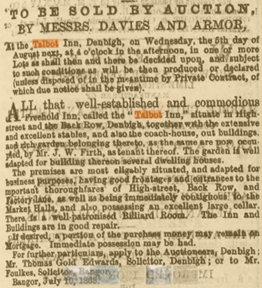

A place to celebrate
Most of the documentary history of the building is that it is a place that people have come together to celebrate:
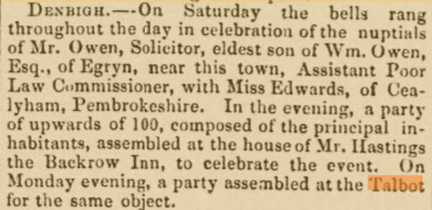
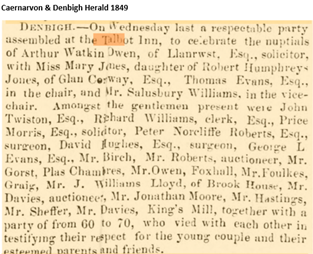
Below are some photos of the building during the 19th and 20th century:
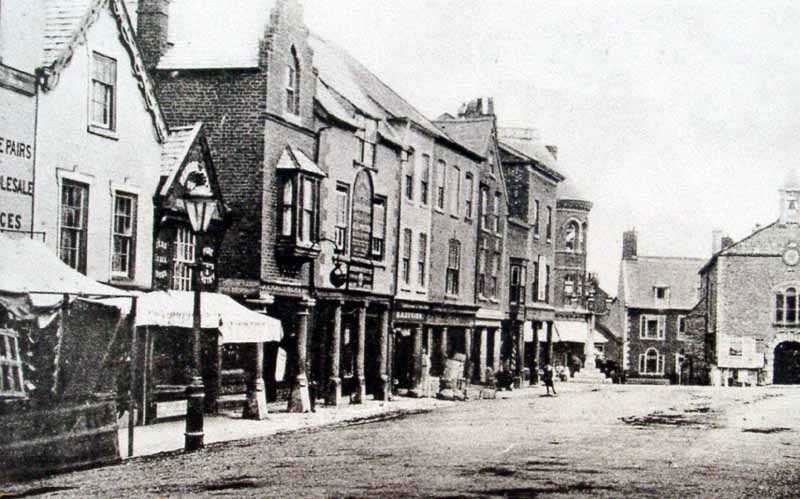
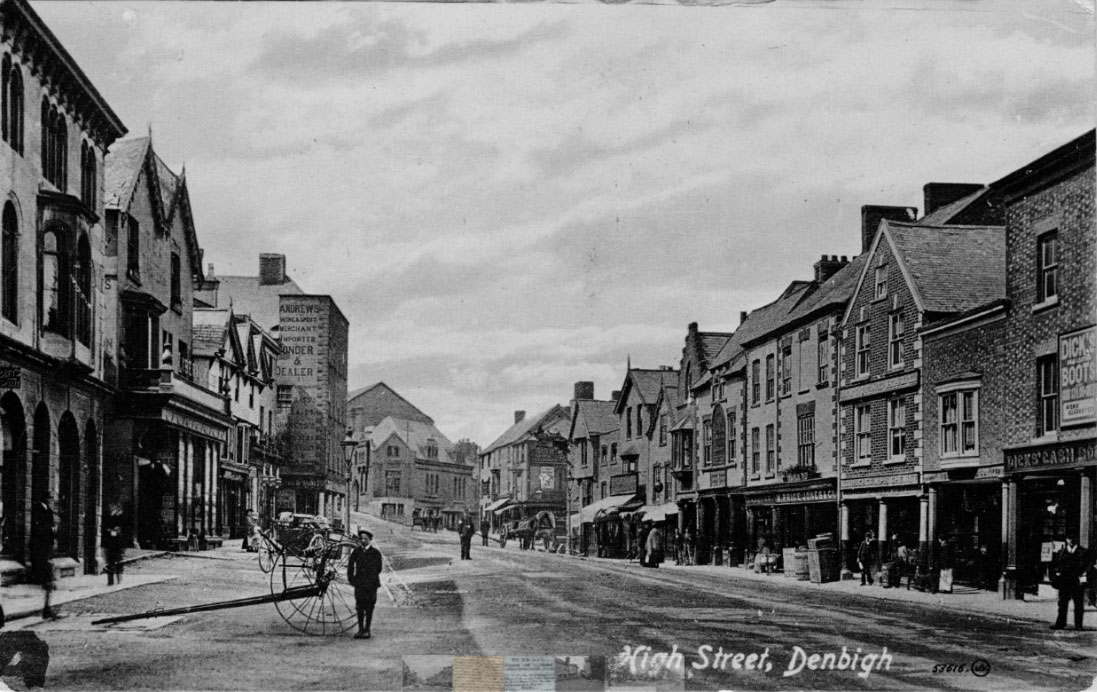

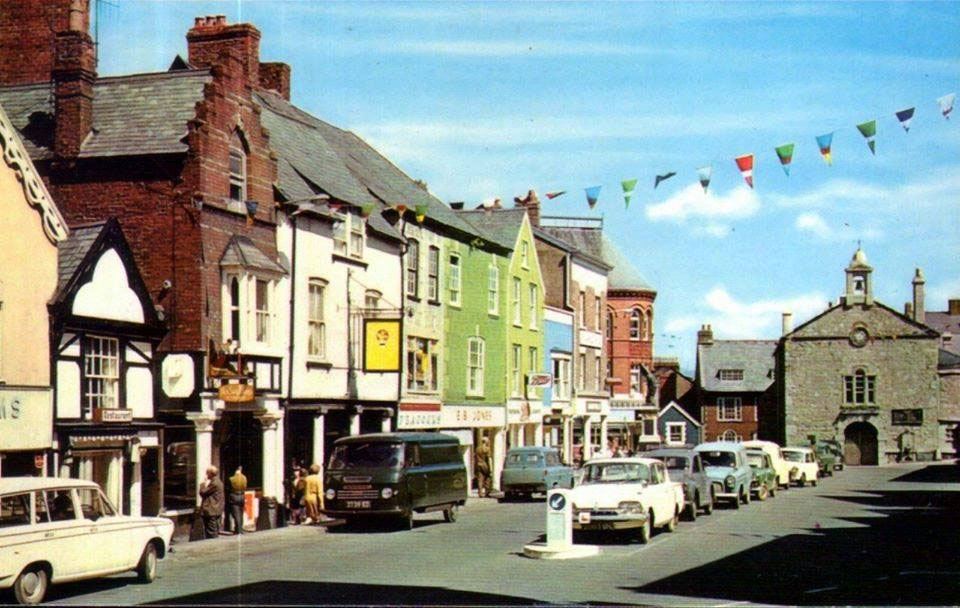
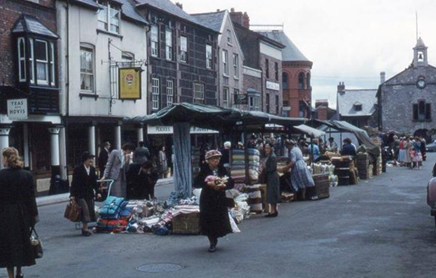

Tea rooms & restaurant
The Talbot became The Habit tea rooms in 1972 and subsequently The Forum, restaurant before closing in 2012. The building was empty for seven years before being bought by us in 2019 and then renovated.
During the renovations, the sign on the front of the building was taken down. When The Forum sign was removed, we found the hand painted Talbot Hotel sign underneath. It wasn’t there in the 1940s but, was there in the 1960s, so must have been painted sometime between the two.
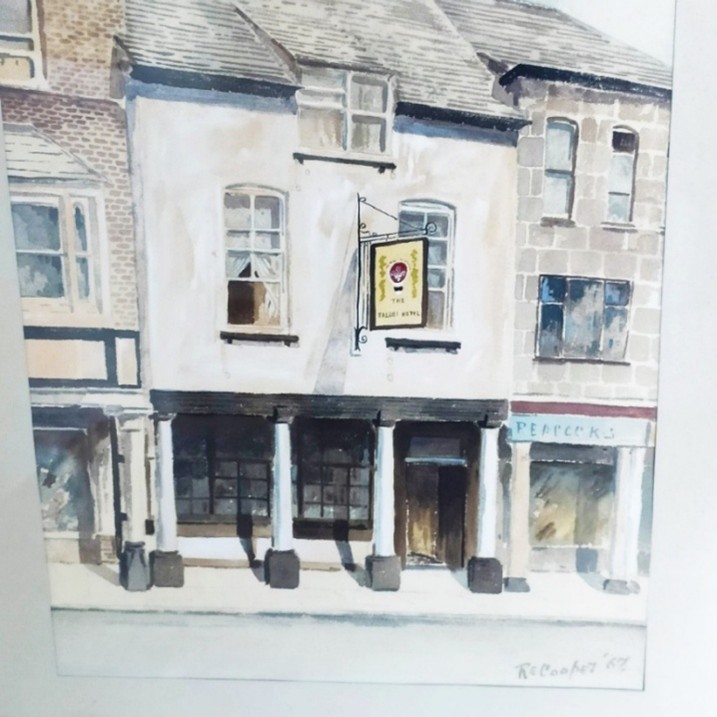

The first phase of the building renovations took four years. The second-floor holiday flats were launched in April 2023 and the first business moved into the first-floor workspaces in June 2023. The ground floor café will be redeveloped at a later stage in phase two and we will keep you posted.
We’ve very grateful for volunteers at Denbigh Archive for researching the history of the building and providing most of the images and documents shown above. You can find more information about the building’s history from the CADW (Welsh Heritage) listing.
